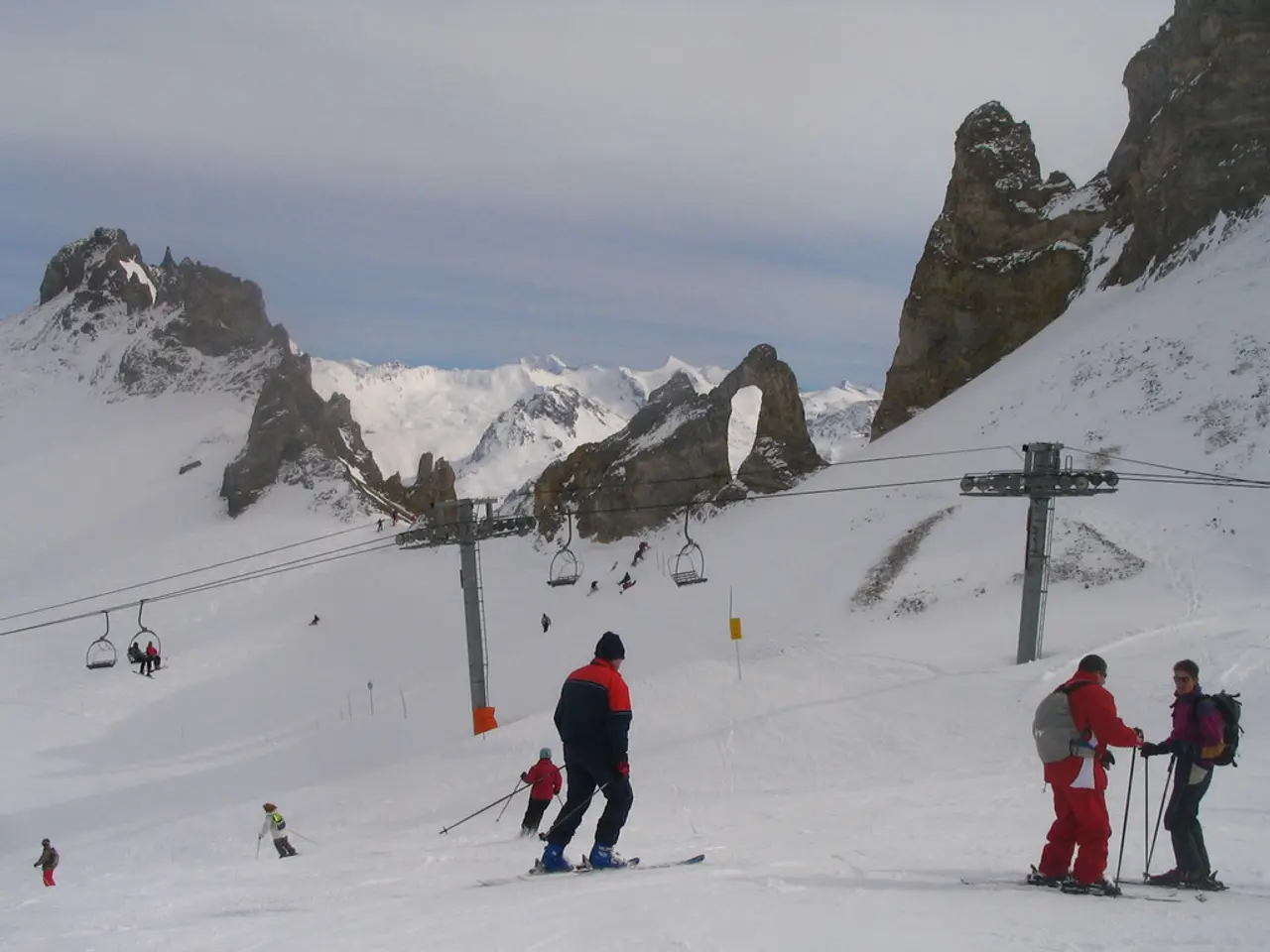Exploring the Norwegian Nordland Railway: A Journey Through Time and Nature
Exploring Norway's Fjord Coast by Train
The Nordland Railway (Nordlandsbanen) is a remarkable journey that connects Trondheim in central Norway with Bodø on the Arctic coast, showcasing some of Norway’s most stunning landscapes and rich cultural heritage[1].
Natural Wonders
- Fjords and Rivers: The railway meanders along the shores of deep fjords and wild rivers, offering awe-inspiring vistas, especially during the midnight sun of the northern summer[1].
- Saltfjellet Plateau and Svartisen Glacier: As the train ascends, it traverses the barren Saltfjellet plateau, home to the impressive Svartisen glacier, the second-largest glacier in mainland Norway[1].
- Saltstraumen: Situated near Bodø, travelers can marvel at Saltstraumen, the world’s strongest tidal current, renowned for its powerful whirlpools and dramatic seascape[1].
- Wildlife: The route provides habitat for moose and the elusive Arctic fox, while world-class canoeing rivers draw adventurers to the region[1].
Historical and Cultural Stops
- Trondheim: The expedition begins in this historic city, which boasts the Nidaros Cathedral, the historic Bakklandet district, and the former harbor area, Nedre Elvehavn, all bearing witness to centuries of Norwegian history[3].
- Bodø: At the northern terminus, Bodø offers Arctic coastal walks and views of Viking-era sites, including local Viking graves. The city serves as a gateway to the Lofoten Islands[3].
Historical Landmarks Along the Route
- Viking Age: The region was once a battleground for the Vikings, with their tales woven into the landscape traversed by the railway[1].
- World War II: The railway’s bridges and tunnels were constructed under Nazi occupation during World War II, a testament to both engineering and the dark history of the 20th century[1].
- Construction Legacy: The decision to extend the railway to Bodø was made in 1923, but construction was delayed, in part due to the war. The line finally reached Bodø in 1962, marking a significant milestone in connecting northern Norway to the rest of the country[1].
- Indigenous Heritage: The area is home to the Sámi, the indigenous people of northern Scandinavia, who continue traditional reindeer herding in the region[1].
- Natural Barriers: Places like Fossen Bratte (“steep waterfall”) have played roles in regional history, such as during the German advance in 1940, when the waterfall formed a natural barrier against invading forces—a memorial stands in tribute to the Norwegians who fell there[2].
Key Sights and Historical Events
| Location/Feature | Natural Sights | Historical Events/Cultural Significance | |-----------------------|----------------------------------------|-------------------------------------------------------| | Trondheim | Nidaros Cathedral, fjords | Medieval religious center, historic city | | Fjord Coast | Midnight sun, rivers, wild landscapes | Viking battles, traditional Sámi reindeer herding | | Saltfjellet Plateau | Svartisen glacier | WWII railway construction, Arctic wilderness | | Saltstraumen | World’s strongest tidal current | Natural phenomenon, Midsummer Festival | | Bodø | Arctic coast, Viking graves | WWII history, gateway to Lofoten, city development |
The Nordland Railway provides a journey through Norway’s natural grandeur and centuries of history, connecting travelers to both the remote Arctic and the living traditions of the North[1].
- The Nordland Railway crosses the bright night, even in rough Nordic weather.
- The landscape along the Nordland Railway is water-rich and wild, attracting world-class canoeists and ambitious painters.
- The area along the Nordland Railway is home to numerous moose and the rare Arctic fox.
- The Nordland Railway runs from Trondheim to Bodø, passing through the Arctic Circle.
- The broadcasting hours for the Nordland Railway documentary on our website's English section are as follows:
- MON 04.08.2025 - 09:15 UTC, MON 04.08.2025 - 16:15 UTC, MON 04.08.2025 - 21:15 UTC
- The Nordland Railway documentary's broadcasting hours are also available in various time zones:
- San Francisco UTC -7
- New York UTC -4
- London UTC +1
- Berlin UTC +2
- Moscow UTC +3
- Lagos UTC +1
- Edmonton UTC -6
- Hong Kong UTC +8
- Delhi UTC +5,5
- Nairobi UTC +3
- On beautiful June days, the fjord coasts of northern Norway are illuminated by the midnight sun.
- The Vikings, Nazis, and Sami (indigenous people of northern Scandinavia) have historical connections to the area along the Nordland Railway.
- The Nordland Railway documentary's broadcasting hours are also available in European time zones:
- WED 06.08.2025 - 12:15 UTC
- Saltstraumen, Norway's strongest tidal stream, is reached by the Nordland Railway during the Midsummer Festival.
- The Nordland Railway journey takes travelers through a water-rich and wild landscape, where they can spot rare Arctic foxes and world-class canoeists.
- From Trondheim to Bodø, the Nordland Railway passages offer opportunities to explore historic sites like the Nidaros Cathedral and Viking-era graves, as well as experience natural wonders such as the midnight sun and Svartisen glacier.





